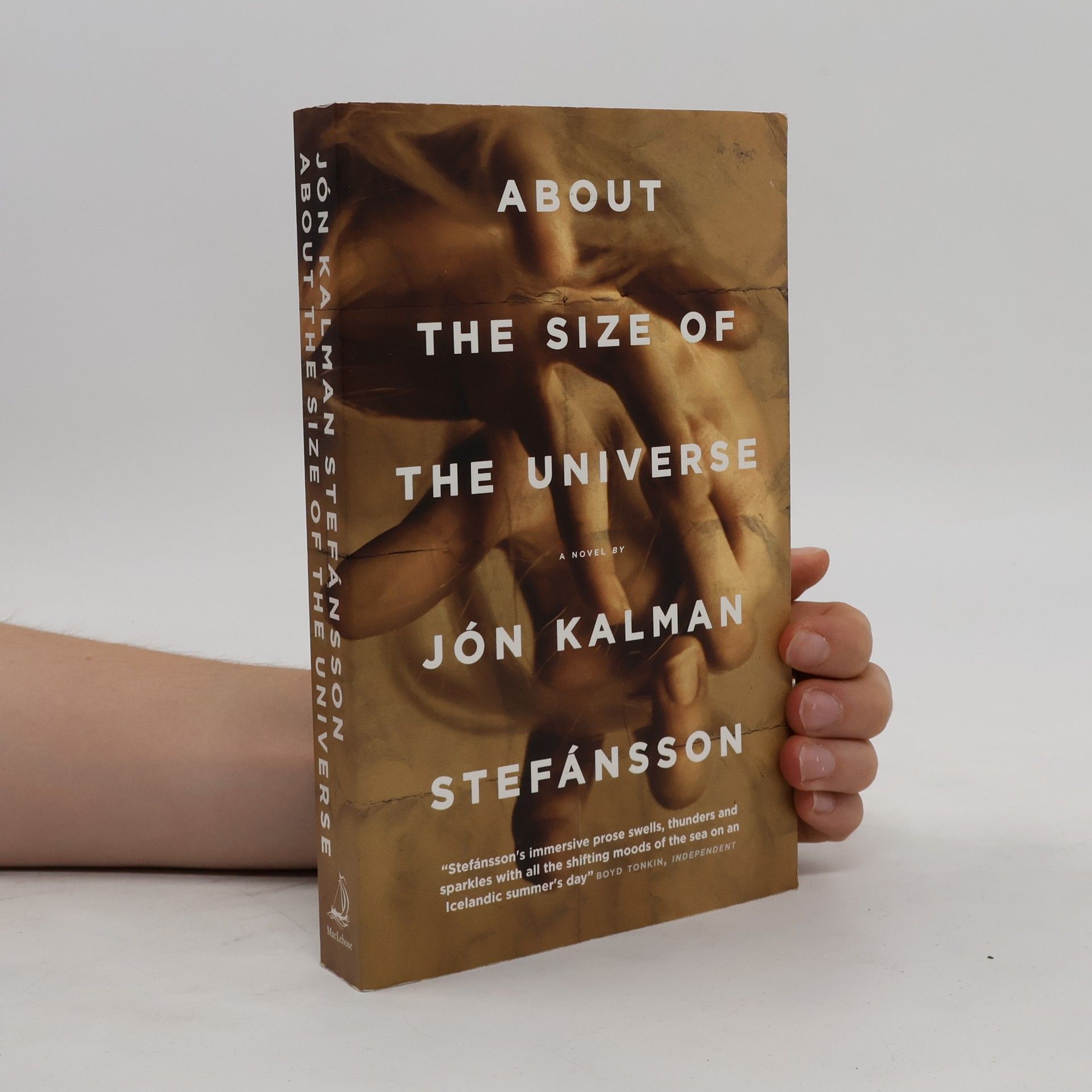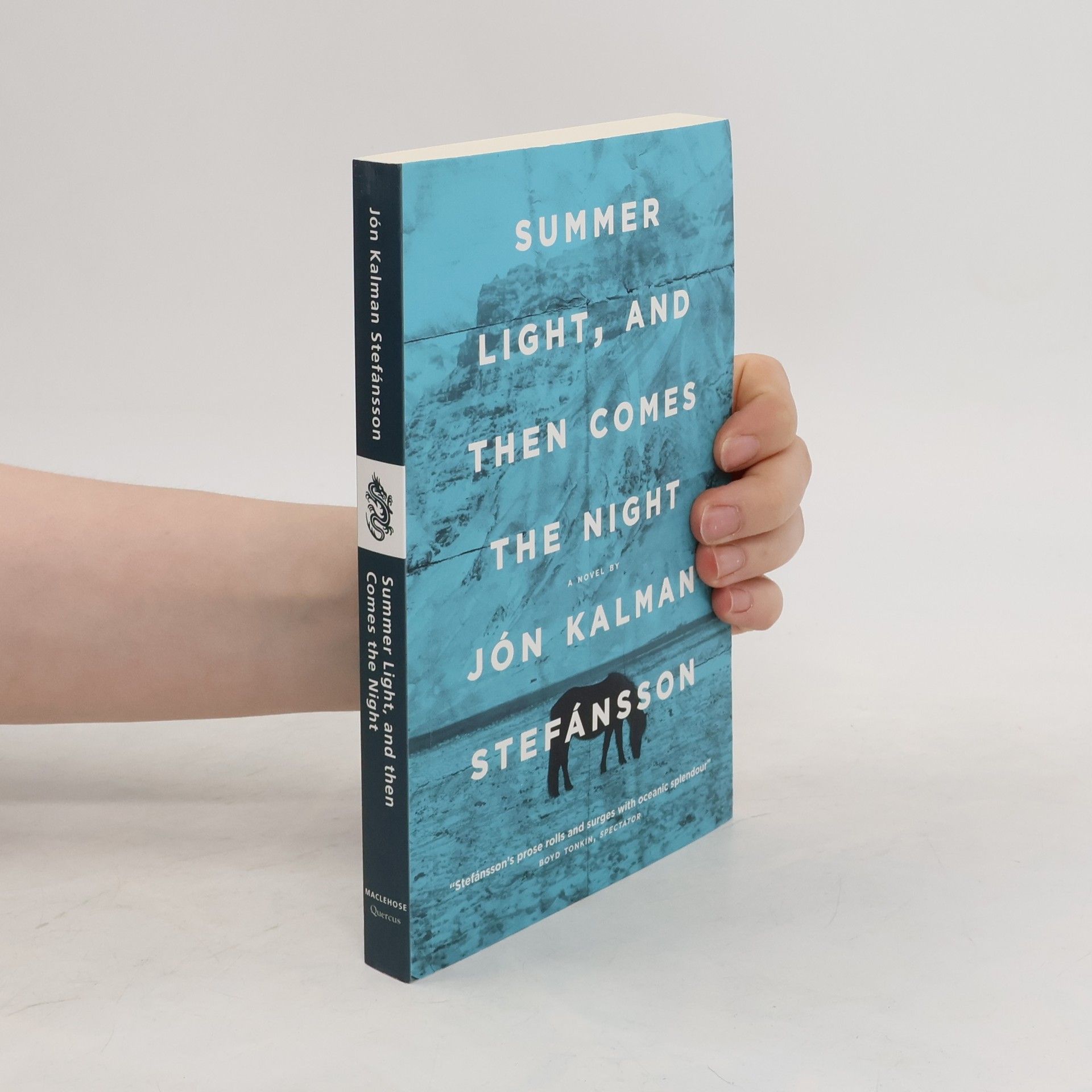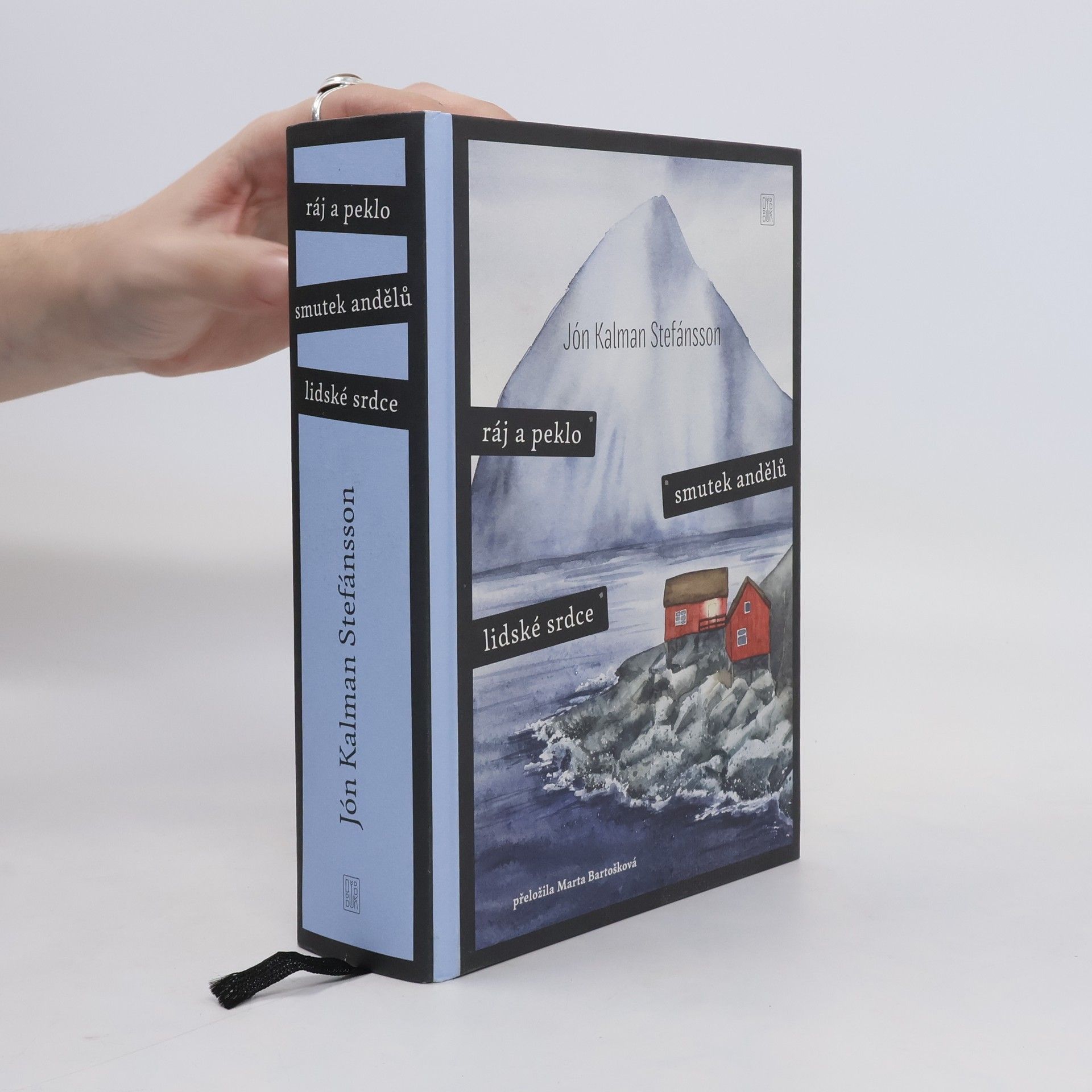« Certains mots sont probablement aptes à changer le monde, ils ont le pouvoir de nous consoler et de sécher nos larmes. Certains mots sont des balles de fusil, d’autres des notes de violon. Certains sont capables de faire fondre la glace qui nous enserre le coeur et il est même possible de les dépêcher comme des cohortes de sauveteurs quand les jours sont contraires ». Parfois à cause des mots, on meurt de froid. Comme pour Barour, pêcheur à la morue islandais, il y a un siècle. Trop occupé à retenir des vers du Paradis Perdu de Milton, il oublie sa vareuse en partant en mer. De retour sur la terre ferme, son meilleur ami entame un périlleux voyage pour rendre à son propriétaire le livre funeste. Pour savoir aussi s’il veut continuer à vivre. Entre ciel et terre, d’une force hypnotique, nous offre une de ces lectures trop rares dont on ne sort pas indemne. Une révélation...
Jón Kalman Stefánsson Livres
Jón Kalman Stefánsson plonge dans les profondeurs de la psyché humaine, explorant des thèmes tels que la mémoire, le temps et l'identité avec une remarquable précision lyrique. Son écriture se caractérise par une atmosphère onirique et un langage poétique qui entraîne les lecteurs dans les expériences intimes de ses personnages. Stefánsson se concentre sur la représentation de relations interpersonnelles complexes et de la fragilité de l'existence humaine, souvent sur fond de paysages nordiques austères. Ses romans sont des méditations sur la vie, la mort et la recherche constante de sens dans un monde âpre mais beau.


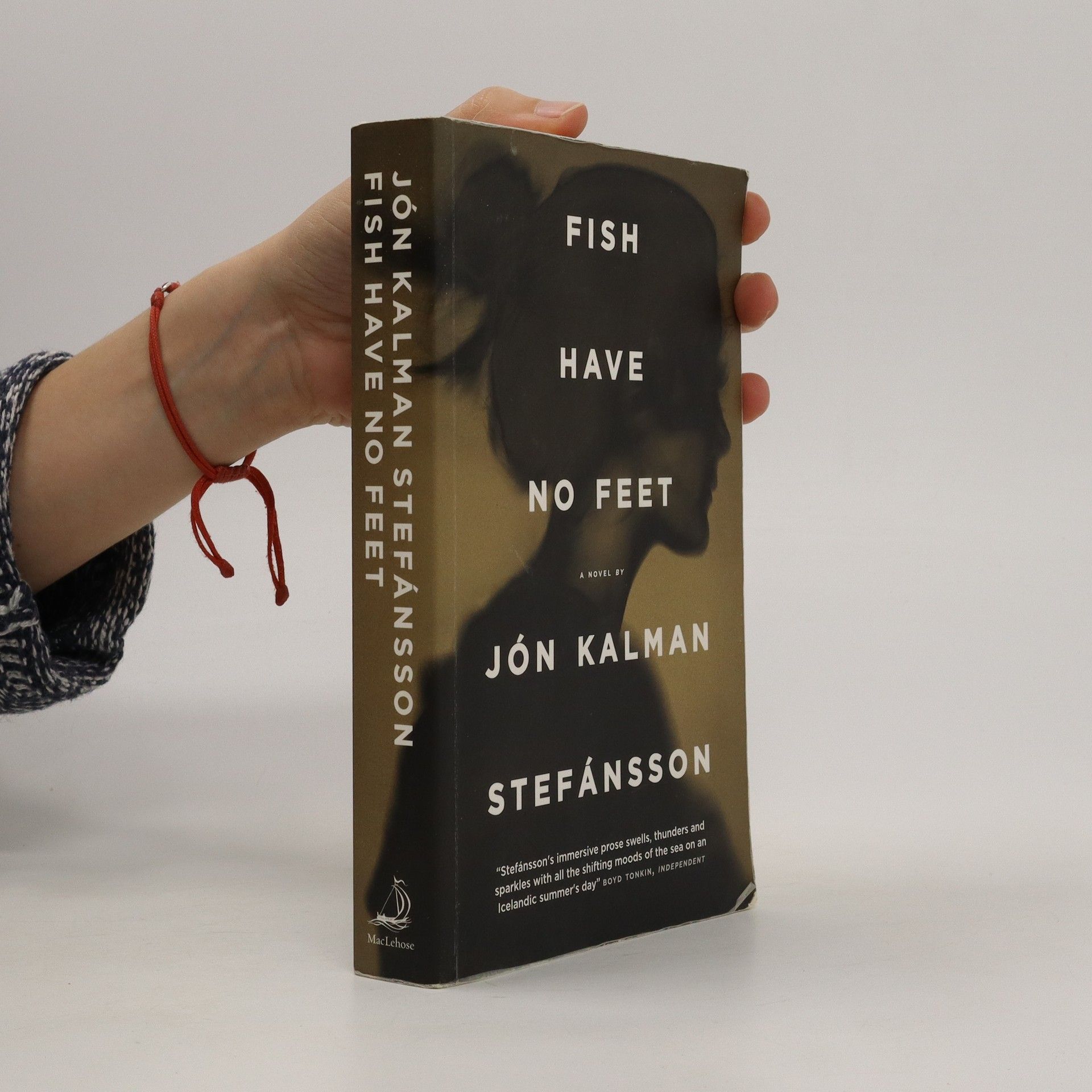
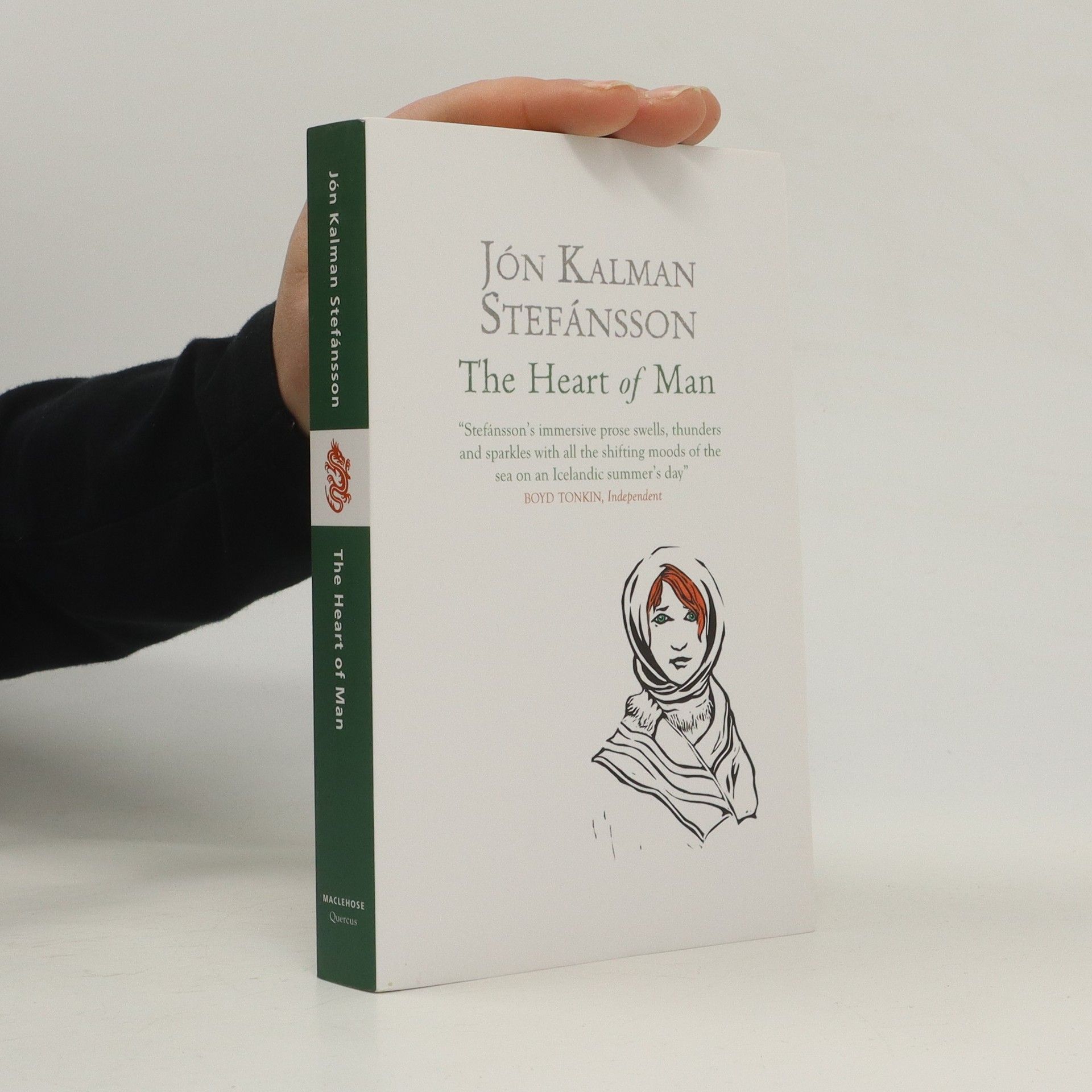
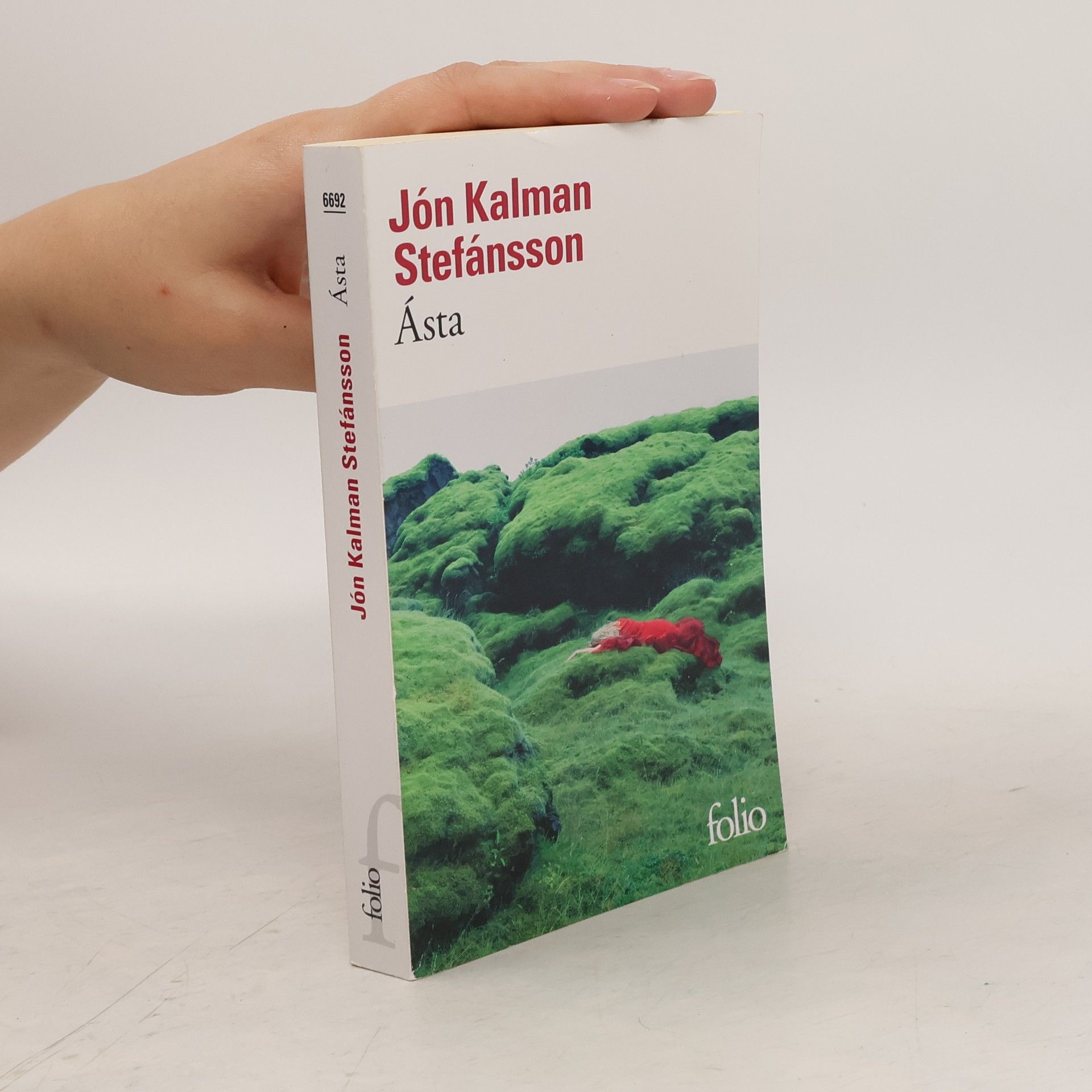

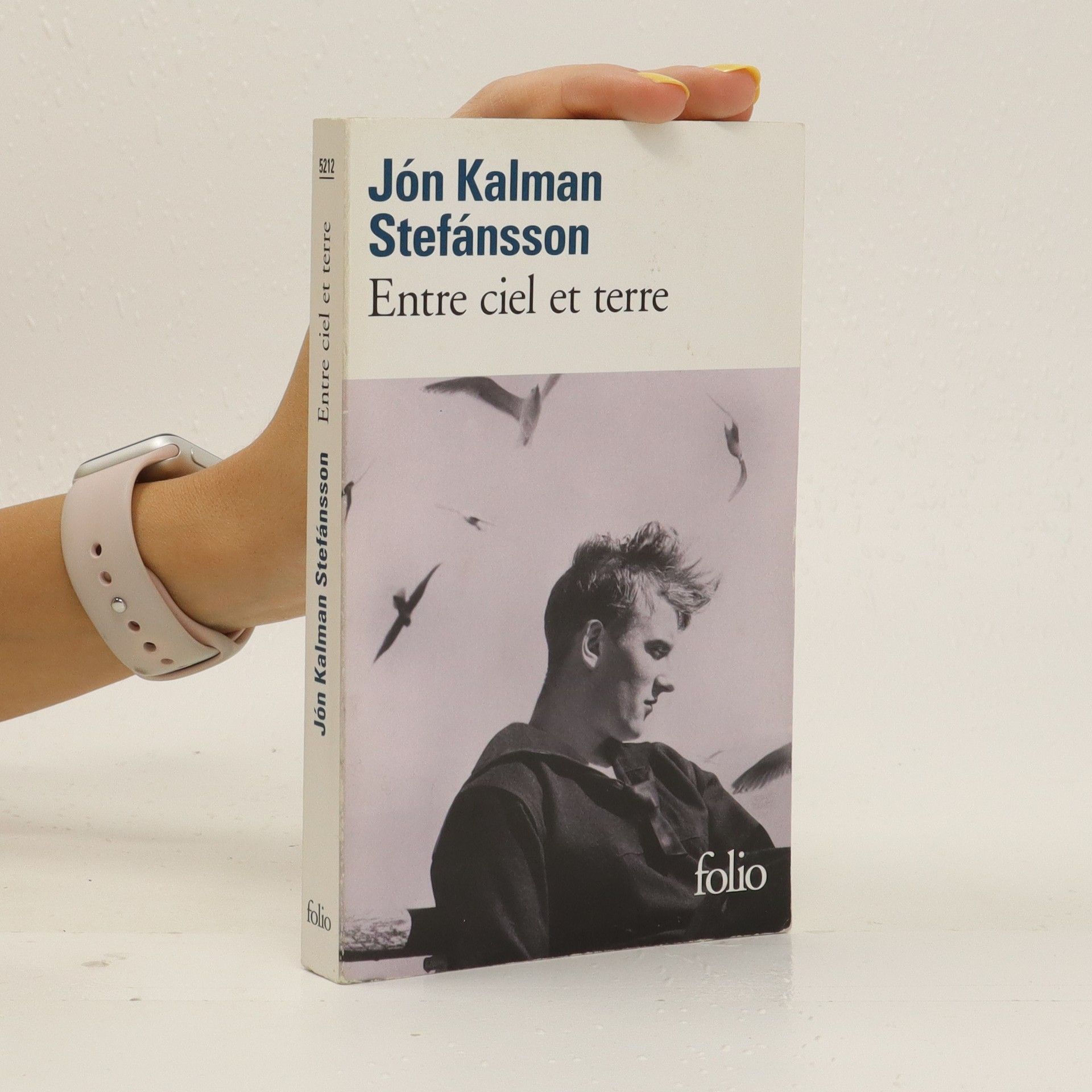
«Pour tromper le monde, je m’habille avec élégance chaque fois que je sors. J’allume mon sourire. Je maquille un peu ma tristesse puis je mets mes lunettes de soleil pour que personne ne remarque ton absence au fond de mes yeux.» Reykjavík, début des années 50. Sigvaldi et Helga décident de nommer leur fille Ásta, d’après une grande héroïne de littérature islandaise. Un prénom signifiant – à une lettre près – amour et qui, croient-ils, ne peut que porter chance à leur fille… Ce roman lyrique et charnel raconte l’urgence autant que la difficulté d’aimer, malgré notre quête inlassable du bonheur.
After coming through the blizzard that almost cost them everything, Jens and the boy are far from home, in a fishing community at the edge of the world. Taken in by the village doctor, the boy once again has the sense of being brought back from the grave. But this is a strange place, with otherworldly inhabitants, including flame-haired lfhei ur, who makes him wonder whether it is possible to love two women at once; he had believed his heart was lost to Ragnhei ur, the daughter of the wealthy merchant in the village to which he must now inexorably return. Set in the awe-inspiring wilderness of the extreme north, The Heart of Man is a profound exploration of life, love and desire, written with a sublime simplicity. In this conclusion to an audacious trilogy, Stefansson brings a poet's eye and a philosopher's insight to a tale worthy of the sagasmiths of old
Keflavik: a town that has been called the darkest place in Iceland, surrounded by black lava fields, hemmed in by a sea that may not be fished. Its livelihood depends entirely on a U.S. military base, a conduit for American influences that shaped Icelandic culture and ethics from the 1950s to the dawning of the new millennium. It is to Keflavik that Ari - a writer and publisher - returns from Copenhagen at the behest of his dying father, two years after walking out on his wife and children. He is beset by memories of his youth, spent or misspent listening to Pink Floyd and the Beatles, fraternising with American servicemen - who are regarded by the locals with a mixture of admiration and contempt - and discovering girls. There is one girl in particular he could never forget - her fate has stayed with him all his life. Lost in grief and nostalgia, he is also caught up in the story of how his grandparents fell in love in Nordfjordur on the eastern coast, a fishing village a world away from modern Keflavik, at time when the old ways still held sway. Their tragic love affair unfolded against the backdrop of Iceland's harsh nature and unforgiving elements.
The Sorrow of Angels
- 331pages
- 12 heures de lecture
The winter nights are dark and still, you can almost hear the fish breathe on the sea bed. Snow is falling so heavily that it binds heaven and earth together. As the villagers gather in the inn to drink schnapps and coffee while the boy reads to them from 'Hamlet', Jens the postman stumbles in half dead, having almost frozen solid on his horse. On his next journey across the wide open fjord and the icy landscape beyond he is accompanied by the boy. Both will risk their lives for each other, and for an unusual delivery.
A modern saga spanning the whole of the 20th century, by one of Iceland's most celebrated writers
Bestselling novel by Iceland's outstanding writer - soon to be a film starring Olafur Darri Olafsson (TRAPPED)
Ráj a peklo / Smutek andělů / Lidské srdce
- 616pages
- 22 heures de lecture
Románová trilogie Ráj a peklo / Smutek andělů / Lidské srdce - nejčtenějšího současného islandského spisovatele Jóna Kalmana Stefánssona je lakonickým popisem života rybářské obce nacházející se ve fjordu poblíž severního pólu. Všechny obyvatele živí lov ryb, a tak rybáři periodicky vyplouvají na moře. S věčným střídáním běsnících živlů, bouřek, vánic a mrznutí je boj o život roven odolávání ďáblu v pekle a jediným, co zde jakkoli vzdáleně připomíná opak, je starý pastorův překlad Miltonova Ztraceného ráje. I ten se však nakonec ukáže být prokletím, neboť Bárdur si díky němu zapomene vzít vhodné oblečení a na moři umrzne. Četba poezie je životu nebezpečná. Drsné okolní prostředí vytváří nepřekročitelné překážky, omezuje lidskou mysl, zužuje obzory a zplošťuje dimenze. Náročné životní podmínky ženou lidi ke konzumaci alkoholu a nebezpečně zintenzivňují jejich city. Bije ti ještě stále srdce? A jak ti bije? Mé srdce bije, protože nic jiného neumí. Přes veškerou nepřízeň se obyvatelé osady nikdy nevzdávají naděje (či Naděje, jak zní jméno jedné z lodí). Věnují se co možná nejvíc životu, neboť podle nich člověk umíráním ztrácí ráj, přestože to mnohokrát není více než jen několik zářivých chvil roztrhaných tmavými dny. Slzy se nedají navléct na šňůru a spustit jako třpytivé lano do temné hlubiny a vytáhnout ty, kteří zemřeli, třebaže měli žít. Zhasne světlo života a promění se ve tmu v okamžiku, kdy přestaneme žasnout, kdy se přestaneme ptát a začneme brát život jako běžnou součást všedního dne?
Sága z Keflavíku
- 500pages
- 18 heures de lecture
Sága z Keflavíku Jóna Kalmana Stefánssona sleduje príbeh Ariho, muža v strednom veku, a niekoľkých generácií jeho rodiny. Je poetická aj živelná. Pulzuje v rytme prílivu a odlivu a sprevádza čitateľov islandskou históriou 20. storočia. Tvoria ju romány Ryby nemajú nohy a Veľké asi ako vesmír. „Okrem rozprávania príbehov sa usilujem nájsť odpovede na základné otázky: Existuje Boh? Je nejaky´ život po smrti? Z čoho máme radosť? Čo je lepšie ako dobrá voňavá káva skoro ráno, keď sa nebo ešte len prebúdza? Alebo single malt whisky s dobry´m priateľom? A kde je život, ak nie v bozku?” hovorí o svojich knihách Stefánsson. „Je nesmierne fascinujúce, že aj ťažké životné momenty dokáže Stefánsson zaobaliť do nežny´ch šiat. A tie „šaty“ sú tu presne na to, aby ste ich postupne vyzliekli a prenikli tak až pod povrch ľudskej duše, ktorá sa už tisícročia musí vyrovnávať s krvavy´m slnkom, studeny´m vetrom a speneny´mi vlnami.”
